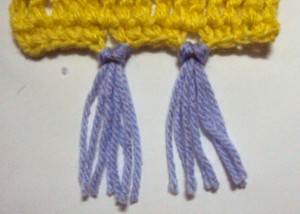All kinds of crafts have a long legacy of classic techniques that had meaning to the peoples they originated with. In crochet and knitting Aran stitches are great examples of this. Although most are originally knit stitches, some are crochet as well and have been passed down for many generations.
This particular stitch is made of panels of 17 plus three. One panel is perfect for a scarf, a thick headband (or earwarmer) or a smaller sized washcloth. If you wanted a wider project you could either whipstitch appropriately length-ed panels of the 17 plus 3 together, like a quilt.

read more »
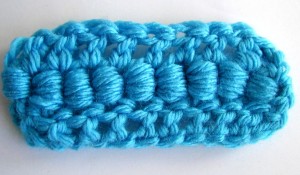


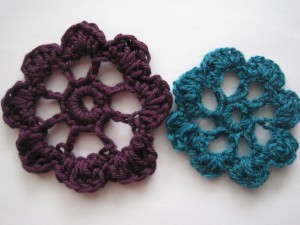
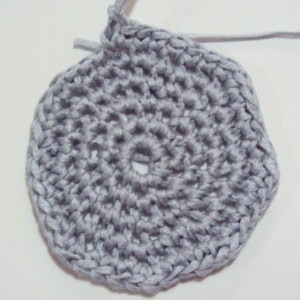
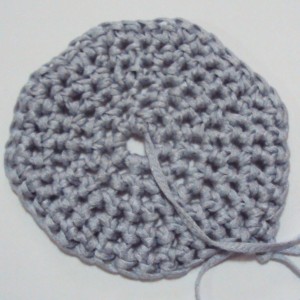
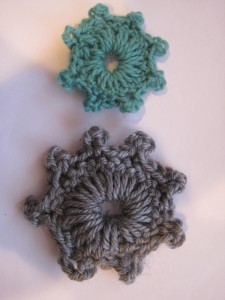

 k
k or p
or p